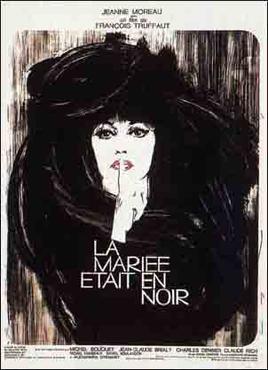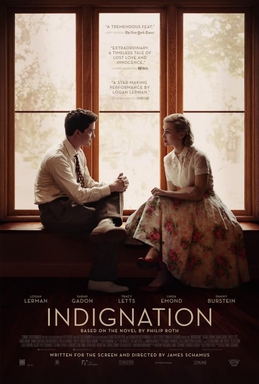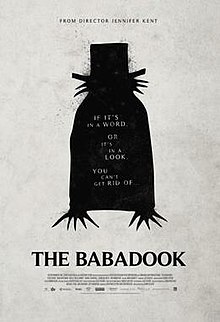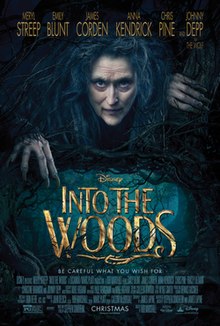In playwriting class, Professor Levy taught us that if we were to set a play in the middle of the 20th century, then we need to ask what our characters did during the war, especially if we had male characters. "Saving Private Ryan" (two years after the class) impressed in me a better understanding of those war years. A visit to the National WWII Museum in New Orleans a few years later made me understand my grandfather more.
WWII is arguably the first war when the film medium played an important part: in propaganda and in processing its aftermath. The body of work is also immense because the war affected many countries. If I were a film curator, I would program films across the globe and group them into pre-war, the war years, and post-war.
The three films below stand out because of their technical peaks. The camera movements feel more agile. I wonder how much of that is due to how documentarians shot the war.
The racing scenes that open "The Life and Death of Colonel Blimp" pump adrenaline and the levitating camera in the duel scene embodies a God's-eye view of a world at war.
WWII is arguably the first war when the film medium played an important part: in propaganda and in processing its aftermath. The body of work is also immense because the war affected many countries. If I were a film curator, I would program films across the globe and group them into pre-war, the war years, and post-war.
The three films below stand out because of their technical peaks. The camera movements feel more agile. I wonder how much of that is due to how documentarians shot the war.
The racing scenes that open "The Life and Death of Colonel Blimp" pump adrenaline and the levitating camera in the duel scene embodies a God's-eye view of a world at war.
The Life and Death of Colonel Blimp
(1943, dir. Michael Powell and Emeric Pressburger)
Candy through three wars.
Kerr ageless in all. Walbrook
Goes for hearts and mind.
***
A Matter of Life and Death
(1946, dir. Michael Powell and Emeric Pressburger)
Pilot appeals to
Stay on earth. Down: vivid hues.
Up: clerical drab.
***
One of my favorite scenes from "The Cranes are Flying":
The Crane are Flying
(1957, dir. Mikhail Kalatozov)
Lovers torn by war;
Camera flies and dives as
We wait for Boris.












 1
1












